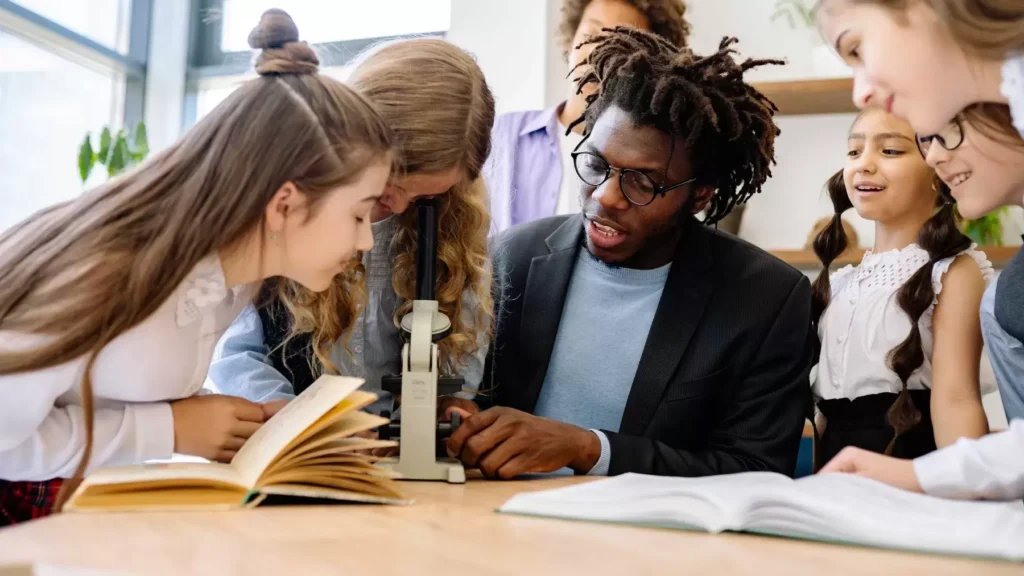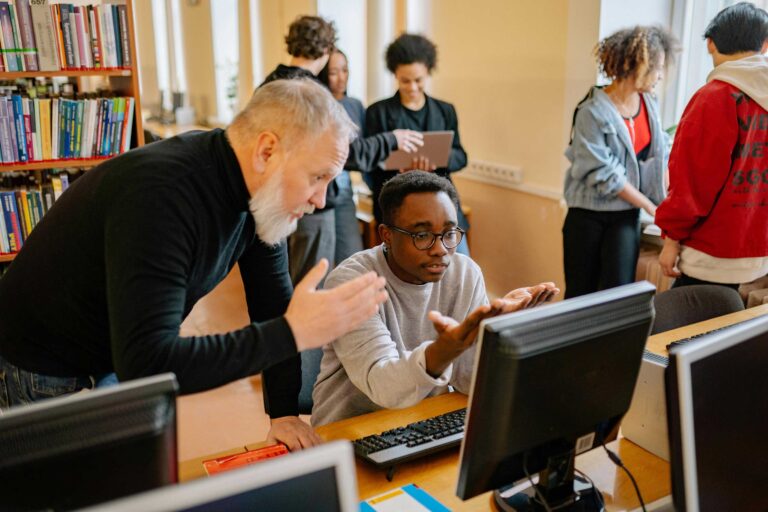Teachers, aides, and others working with students have enough on their plates already. However, studies show that incorporating social emotional learning (SEL) into regular classroom activities improves classroom behavior and decreases misbehavior and aggression.
With children and teens going back to school, it is crucial adults support the mental and emotional well- being of youth as they continue to grow and learn. MHA recently hosted a webinar led by Mestisa Gass, program director for MHA of Hawaii, where she discussed the importance of SEL for the mental health of school-aged children.
“We don’t want to make this difficult,” Gass said. “We don’t want to make this feel like it is a large shift in curriculum, but it can be something as simple as starting with a student check-in.”
What is SEL?
SEL is the process through which an individual acquires and applies knowledge and skills to develop a healthy identity and includes emotional regulation, empathy, and interpersonal skills. For those new to SEL, there are four key competencies to keep in mind: awareness of self and other people; positive attitudes and values; responsible decision-making; and social interaction skills.
How can I incorporate SEL in my classroom?
Based on Gass’ presentation, here are 10 tips for integrating SEL at school.
1. Start the day with a student check-in.
For example, use the colors of a stoplight (green is good, yellow is not so good, and red means they need a break or more attention) or an emoji chart where students point to how they feel when they walk in the door.
2. Create opportunities for partner and group work.
This gives children the opportunity to flex SEL muscles and helps the teacher figure out partner pairings, such as a more outgoing child with a shy one, said Gass. “You’ll really start to see where they shine and maybe where they have a place to grown.”
3. Nurture a culture of kindness.
In a competitive environment with rankings, acknowledge every student’s efforts.
4. Build social-emotional vocabulary.
Expand vocabulary out of mad, sad, and happy. Gass said she taught a 3-year-old the word “frustrated” by giving the toddler a difficult package to open, and then asking, “is it hard to do?” When the adult says, “Oh, that must be so frustrating,” the child understands the emotions and word meaning to then use in a different scenario.
5. Include reflective writing.
Some children and teens find verbal communication difficult, and writing prompts allow them to express themselves in a different way.
6. Incorporate a “calm-down corner.”
“As an adult, you may have a place in your home where you tend to go, to a comfortable chair you like to read in, your favorite blanket. There are elements that we build into our day-to-day that’s very comfortable,” Gass said. “That’s really what we’re thinking about here for the classroom. Is there a place that they know that they can ask to step away from things that’s a little bit visually calm or a little bit quieter that they can kind of take that moment to deep breathe, to do what they need to do to reground before they go back into a group setting.”
7. Allow time for talking.
When you check-in with students, give the space to let them tell you how they feel in their own words.
8. Teach mindfulness.
Help children and teens be in the moment and aware of their bodies and minds through breathing exercises, sensory activities (smelling calming lavender or energizing citrus), or how to be aware of their surroundings.
9. Encourage expression through art.
As with writing and talking, some youths are better at communicating through different forms of art. For example, ask them to draw objects that represent how they feel and images that make them happy.
10. Teach kids to work toward a common goal.
For example, incorporate other tips on this list, such as writing and art, to create a classroom story together or a mural. Let students work on projects as an entire group to show how each person’s part is important.
Learn more tips and by watching the full webinar, and find more youth mental health resources in the MHA 2022 Back-to-School toolkit.


